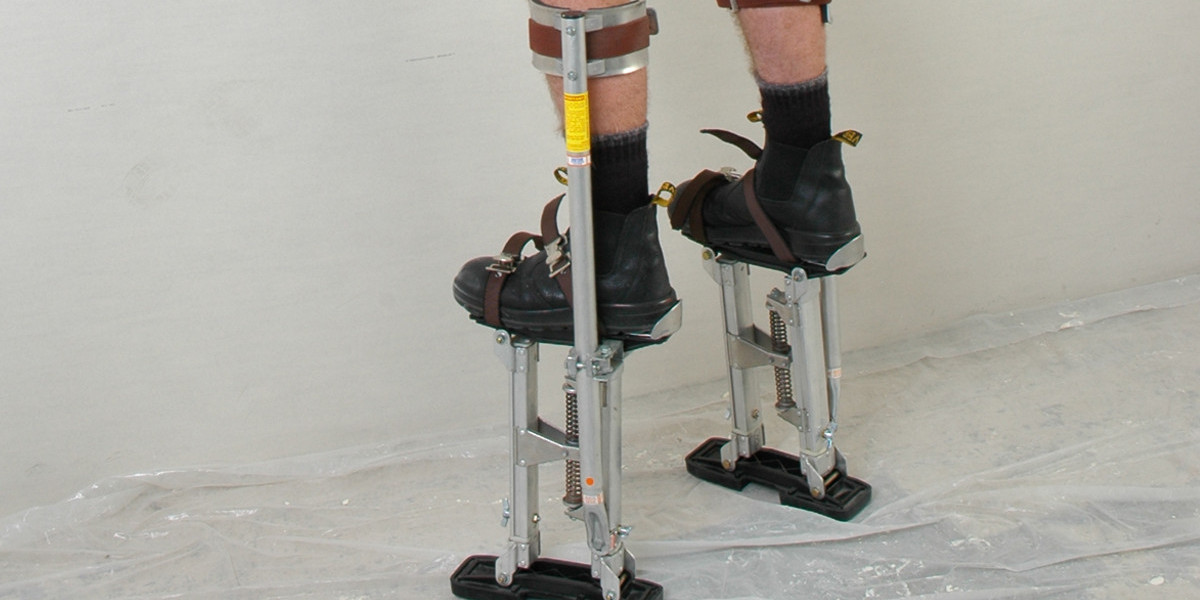Plastering is an essential aspect of construction, providing the finishing touch that enhances both the aesthetics and durability of a structure. However, reaching high ceilings or walls can be a daunting task without the right equipment. This is where plastering stilts come into play, revolutionizing the way plastering tasks are carried out. In this comprehensive guide, we delve into the world of plastering stilts, exploring their benefits, usage, and tips for mastering them effectively.
Understanding Plastering Stilts
What are Plastering Stilts?
Plastering stilts, also known as drywall stilts or construction stilts, are specialized tools designed to elevate the user to higher levels, allowing them to work comfortably on ceilings and walls. They consist of adjustable metal frames with padded straps for securing the user's legs and feet, along with sturdy platforms for stability.
Types of Plastering Stilts
There are several types of plastering stilts available on the market, including:
Fixed Height Stilts: These stilts have a set height and are not adjustable.
Adjustable Stilts: These stilts feature height-adjustable mechanisms, providing flexibility for different users and tasks.
Articulating Stilts: These advanced stilts allow for greater range of motion and flexibility, ideal for intricate plastering work.
Benefits of Using Plastering Stilts
Enhanced Efficiency
Plastering stilts enable workers to cover larger areas in less time compared to traditional methods. By elevating the user, they eliminate the need for ladders or scaffolding, reducing setup time and improving overall efficiency.
Improved Safety
Safety is paramount in any construction project, and plastering stilts offer several safety benefits. By keeping workers off ladders and scaffolding, they minimize the risk of falls and injuries. Additionally, the sturdy construction and secure straps provide stability and support, allowing users to focus on their work without worrying about balance.
Ergonomic Design
Modern plastering stilts are designed with user comfort in mind. Padded straps and adjustable height settings ensure a snug and secure fit, reducing fatigue and strain during extended use. This ergonomic design promotes productivity and allows workers to maintain peak performance throughout the day.
Mastering Plastering Stilts: Tips and Techniques
Proper Fit and Adjustment
Before using plastering stilts, it is essential to ensure a proper fit. Adjust the height settings according to your height and comfort level, making sure the straps are secure but not too tight. Walk around and practice basic movements to get accustomed to the stilts before starting work.
Maintain Balance and Stability
Maintaining balance is crucial when working on plastering stilts. Keep your body centered and distribute your weight evenly on both feet. Avoid sudden movements or overreaching, as this can throw off your balance and lead to accidents.
Practice, Practice, Practice
Like any skill, mastering plastering stilts requires practice. Start with simple tasks and gradually increase the complexity as you gain confidence and proficiency. Practice different techniques, such as applying plaster or painting, to become proficient in various aspects of plastering work.
Safety First
While plastering stilts can significantly improve efficiency and productivity, safety should always be the top priority. Inspect your stilts regularly for any signs of damage or wear, and never use them if they are compromised. Follow all safety guidelines and regulations to minimize the risk of accidents on the job site.
Conclusion
Plastering stilts are indispensable tools for modern construction projects, offering a safe, efficient, and ergonomic solution for working at elevated heights. By understanding their benefits, mastering their usage, and following proper safety protocols, construction professionals can maximize their productivity and achieve superior results in plastering tasks.








